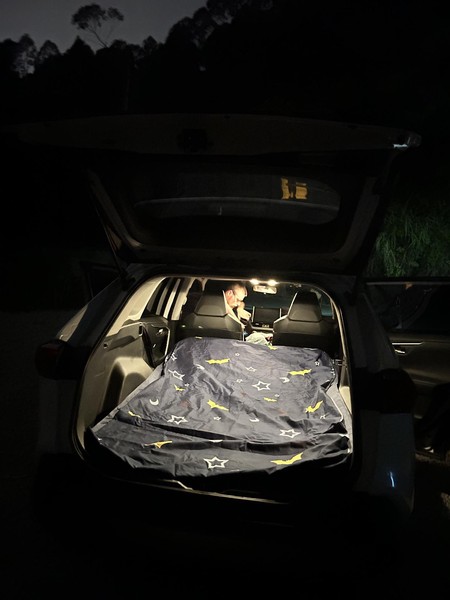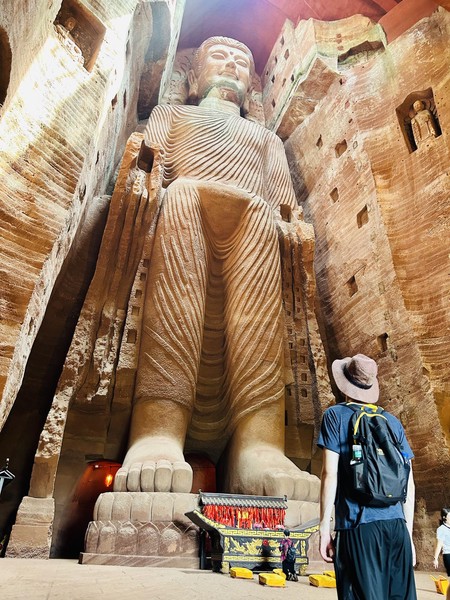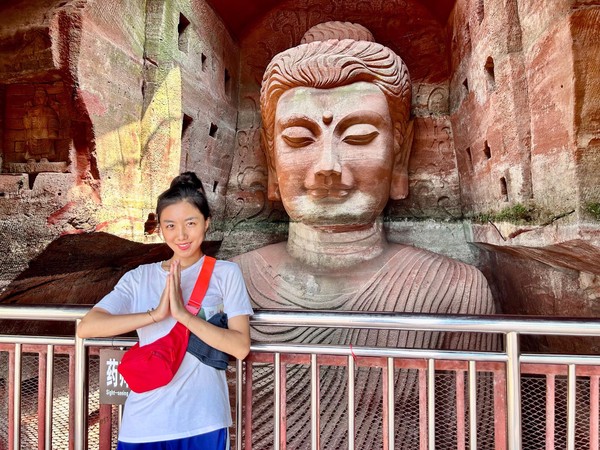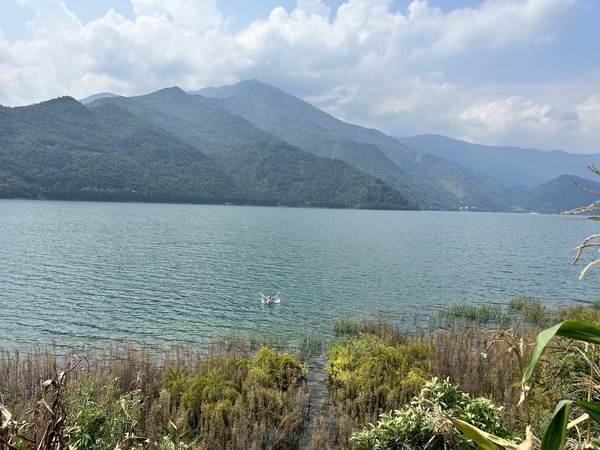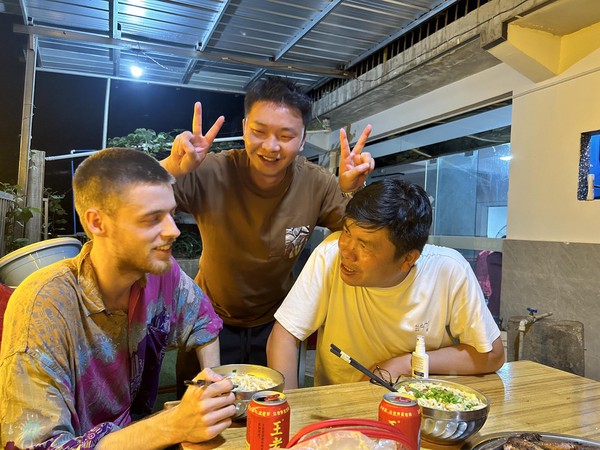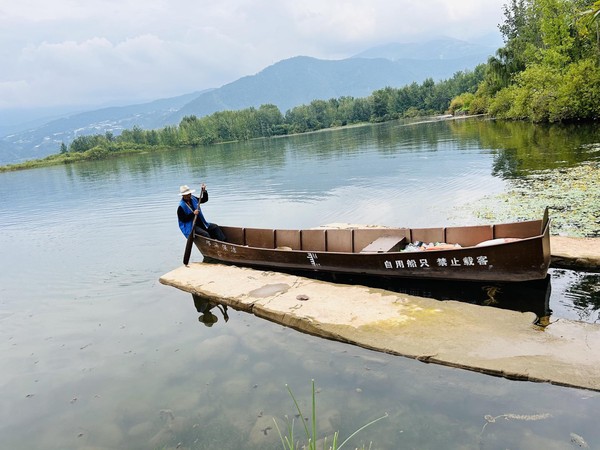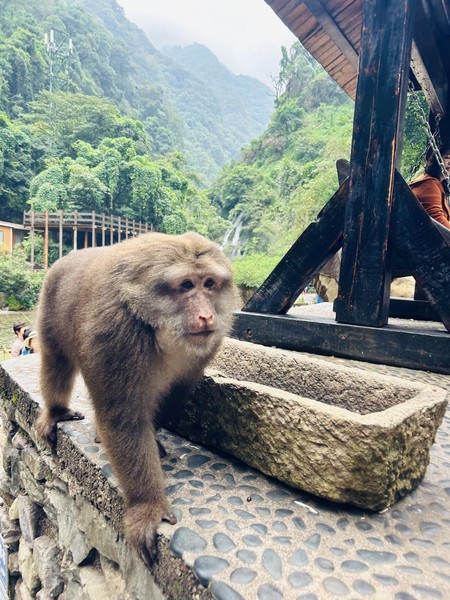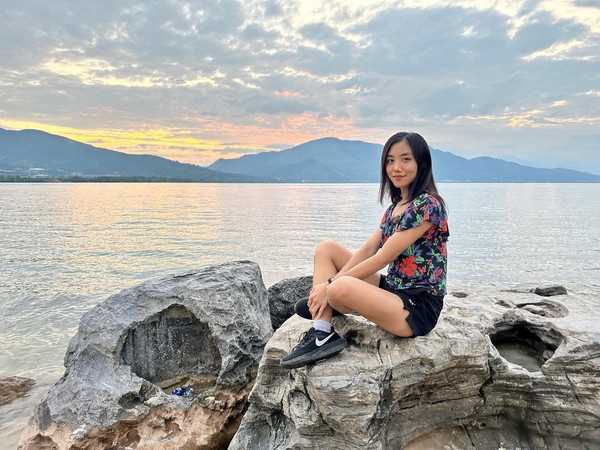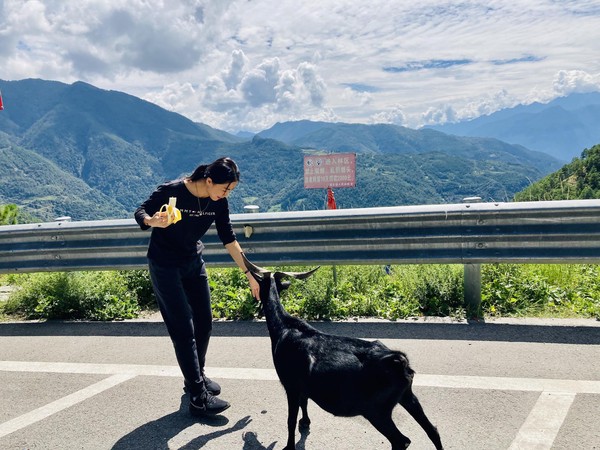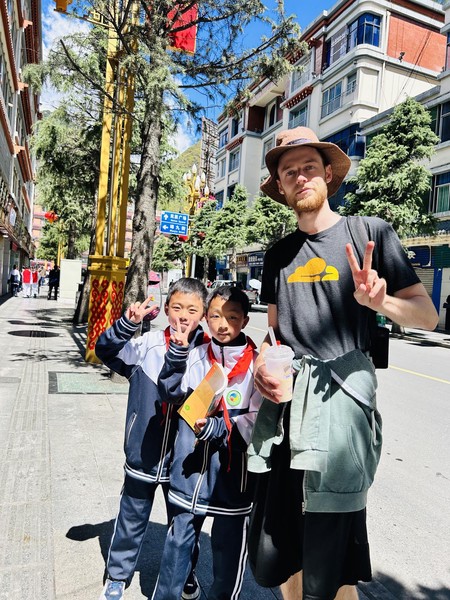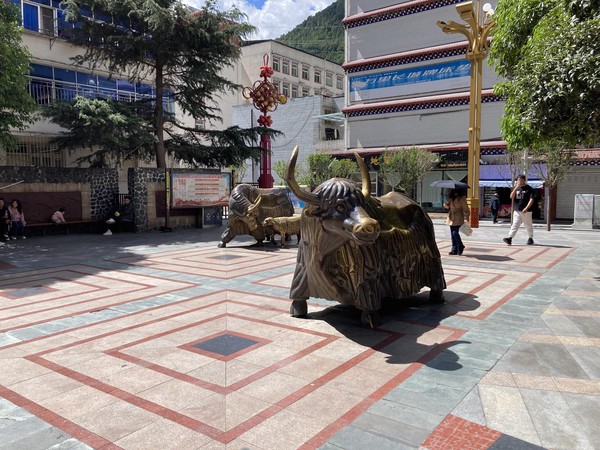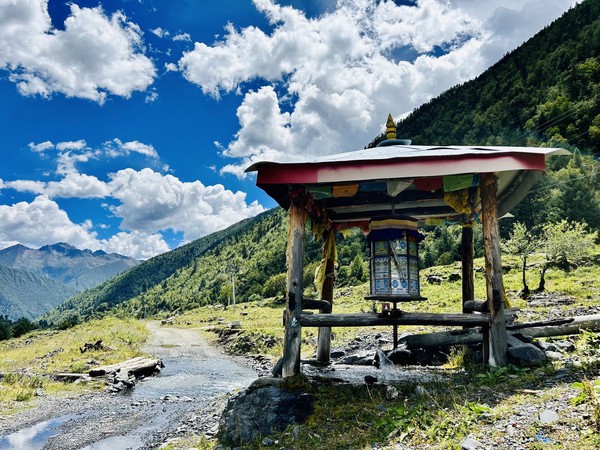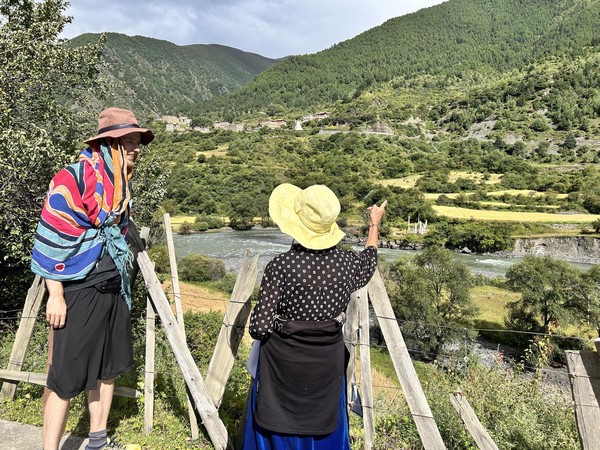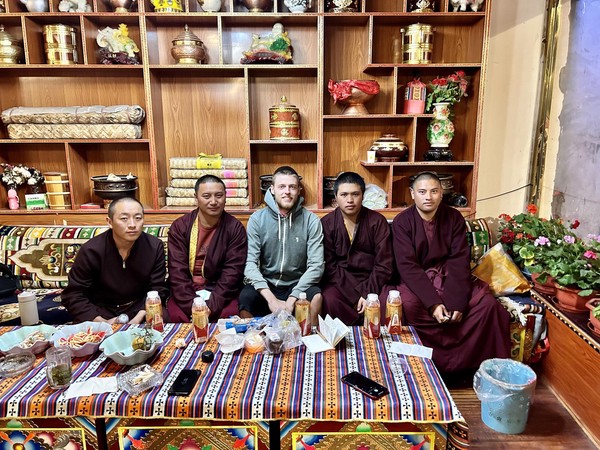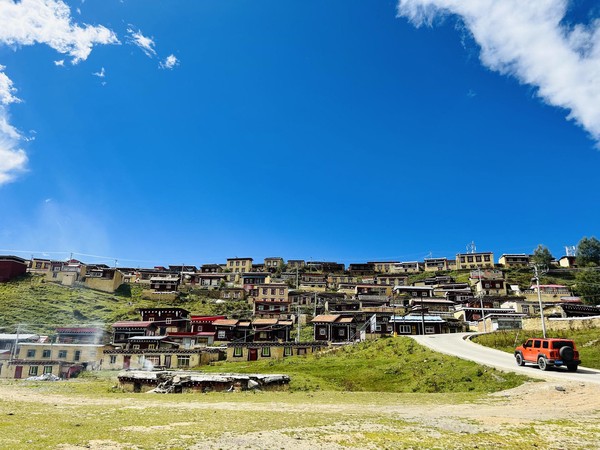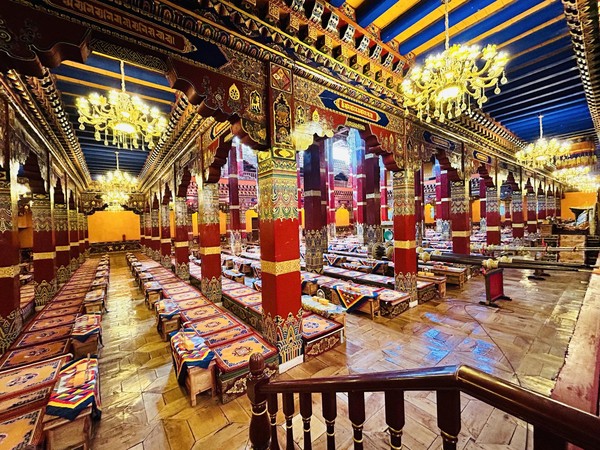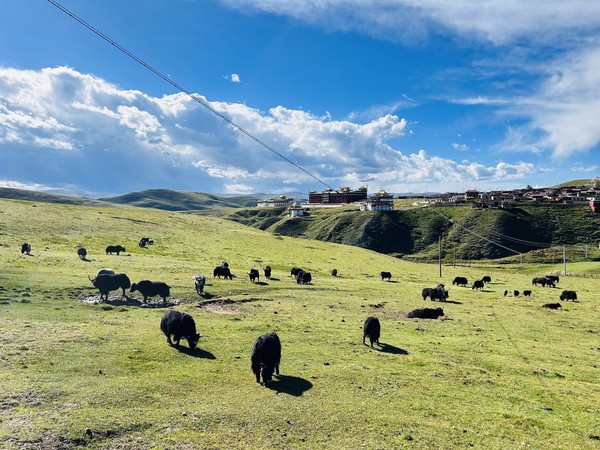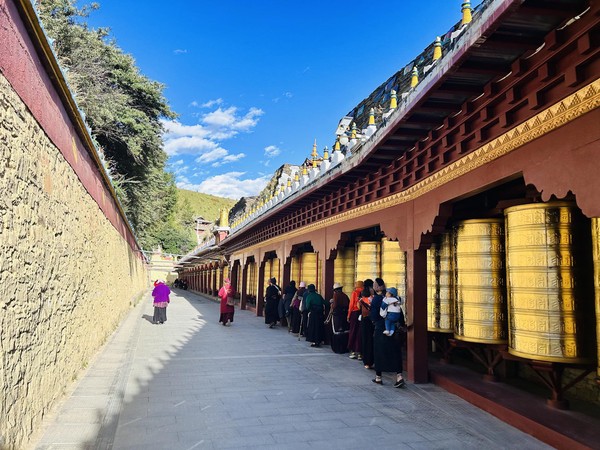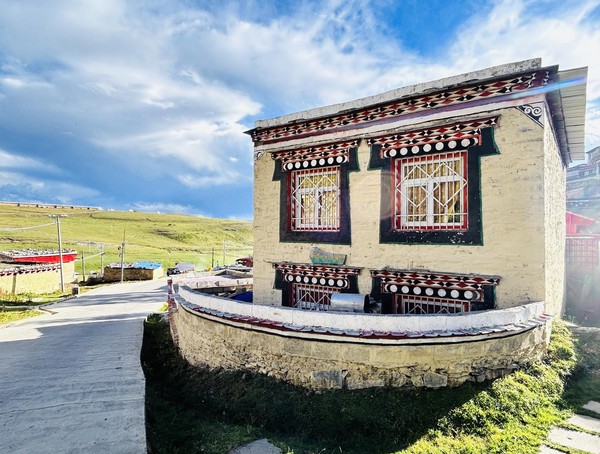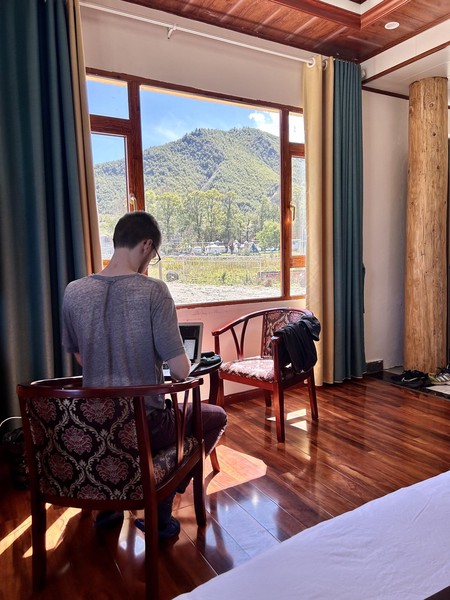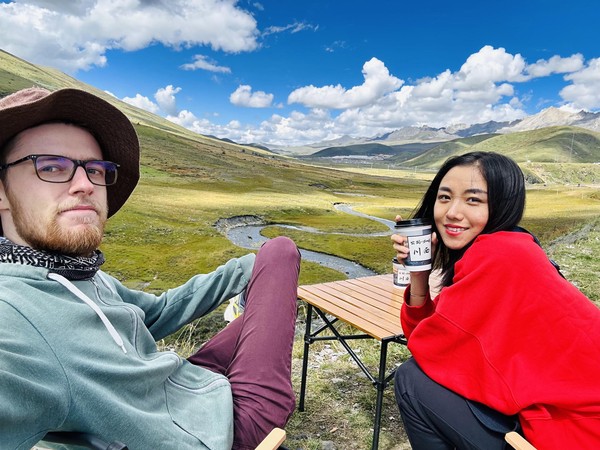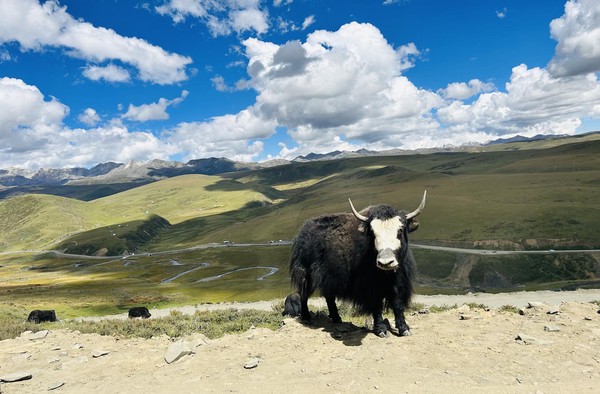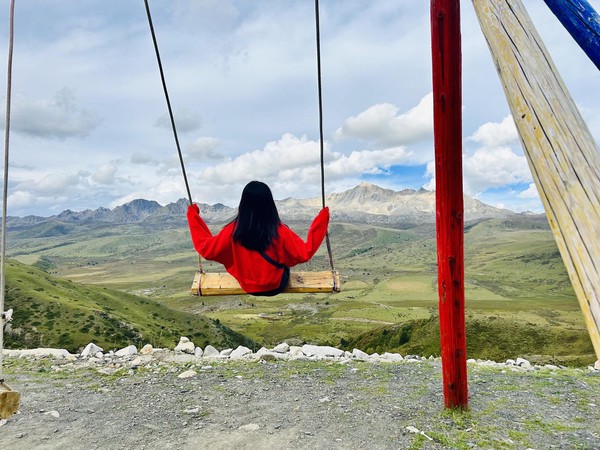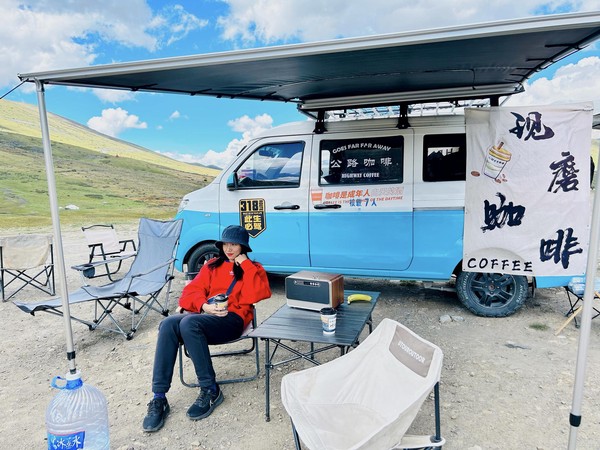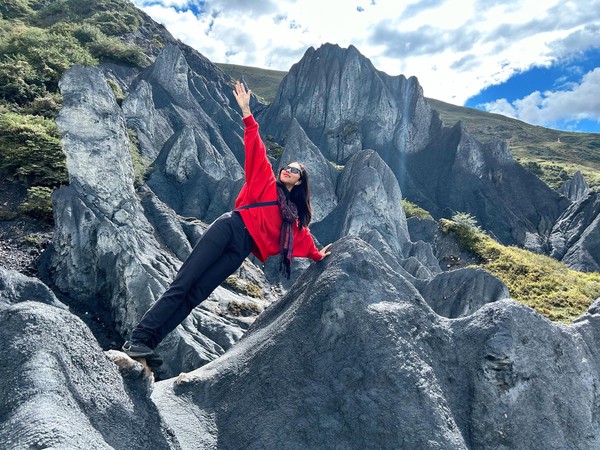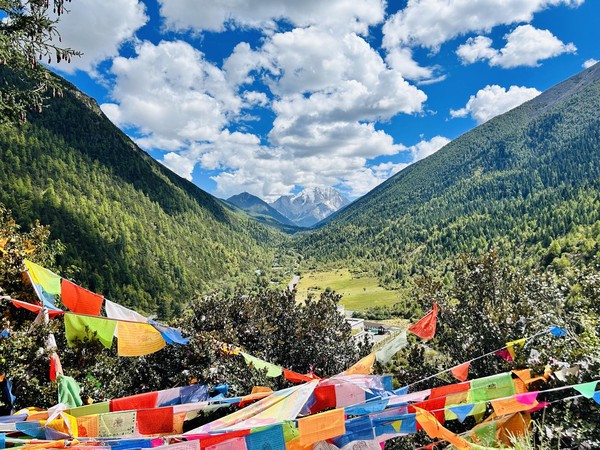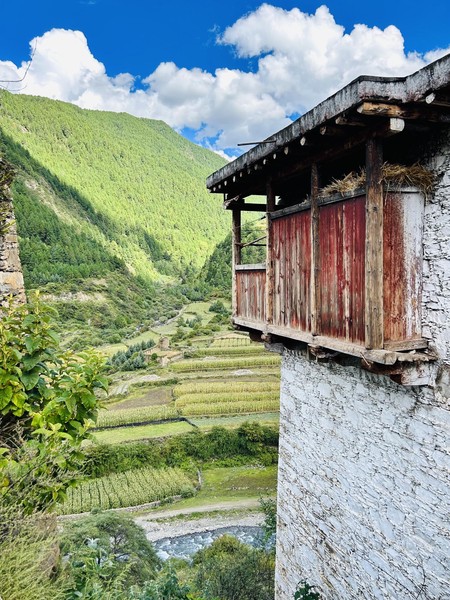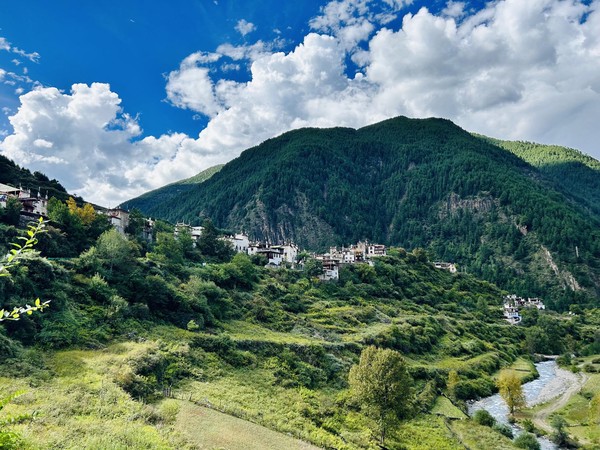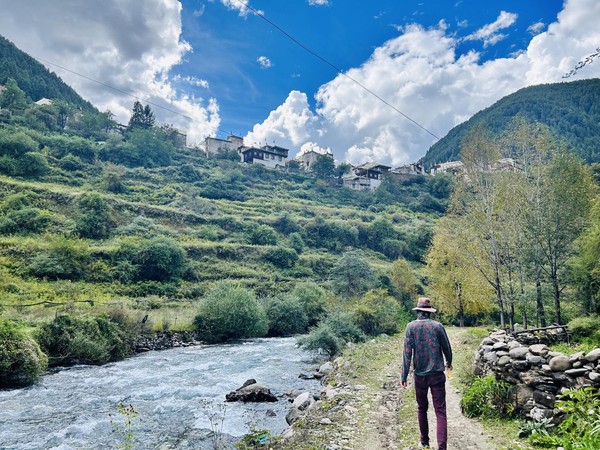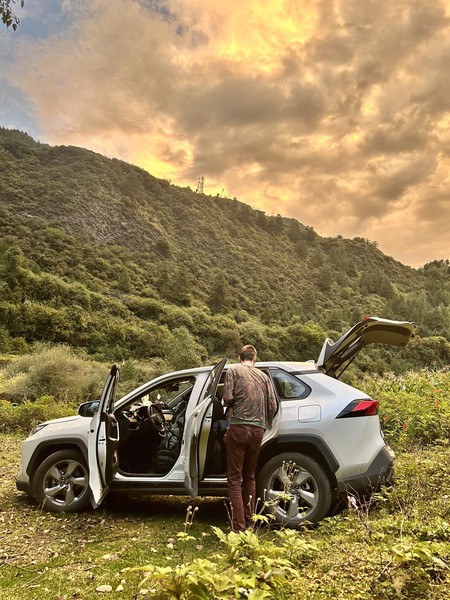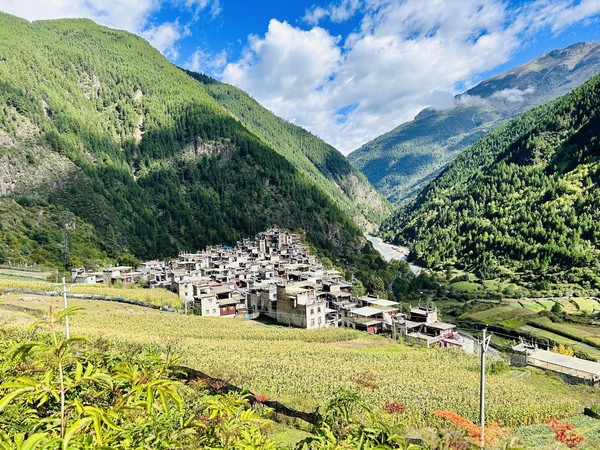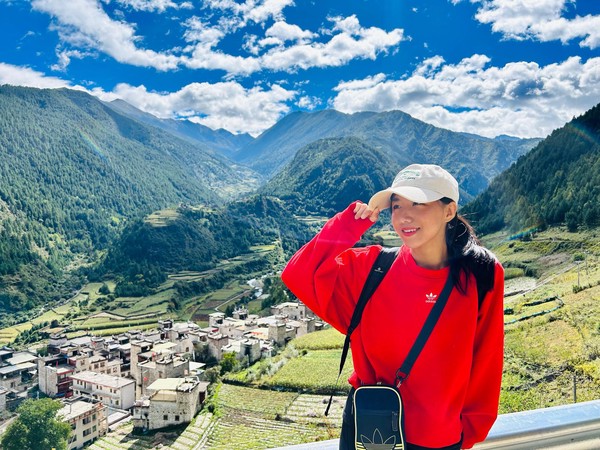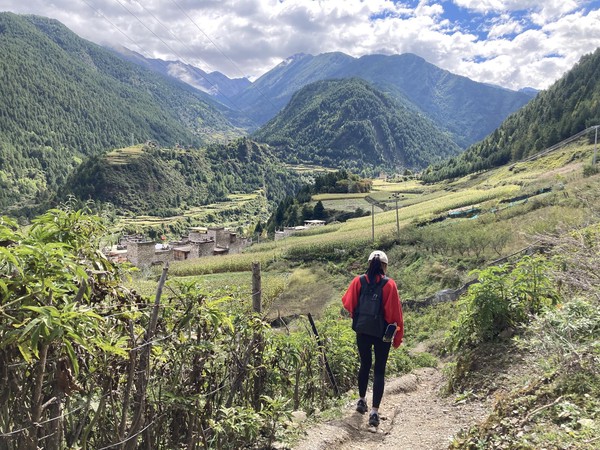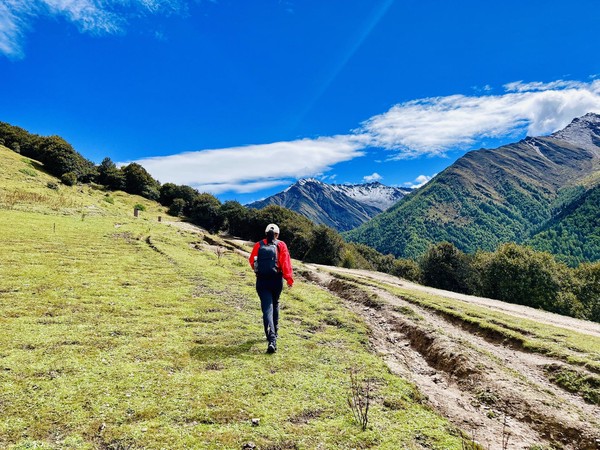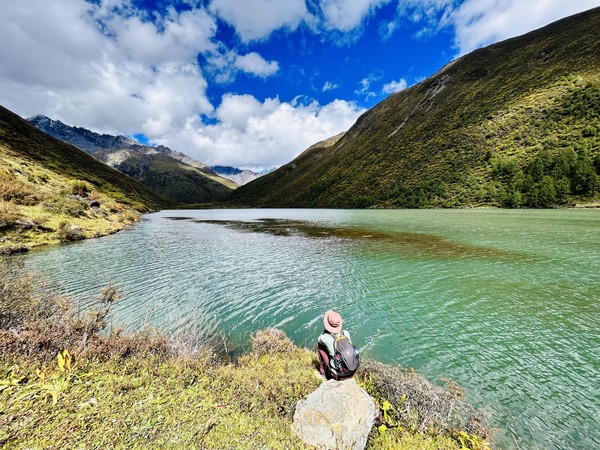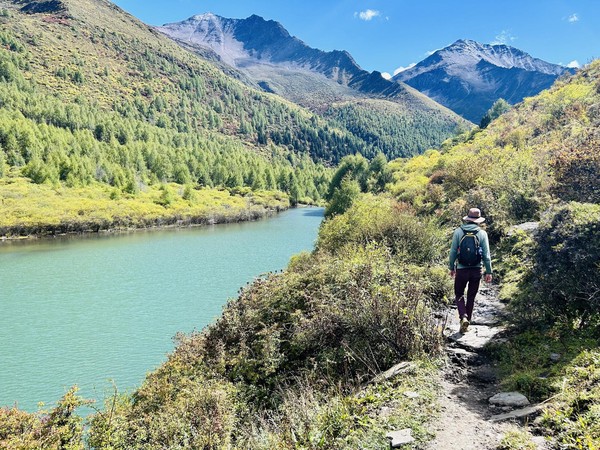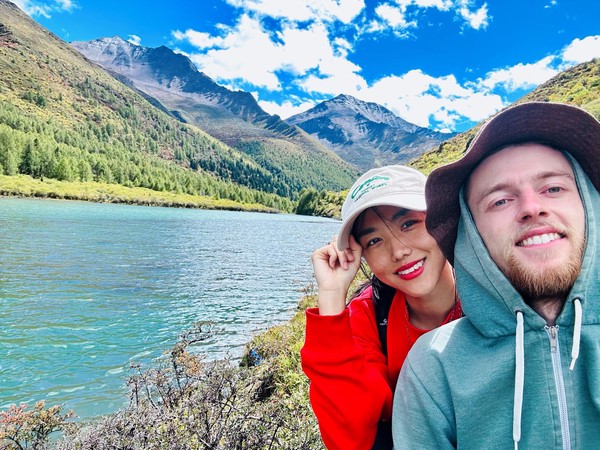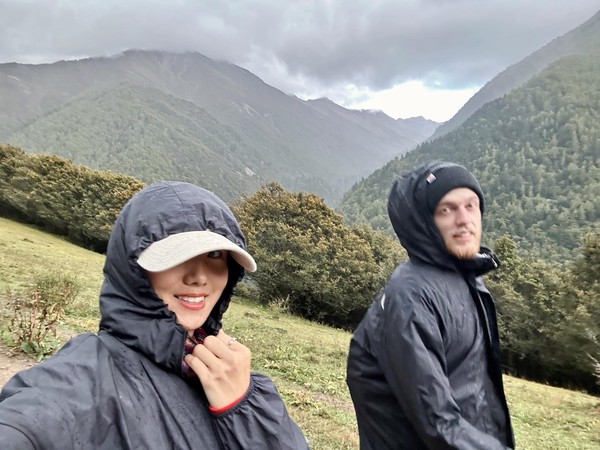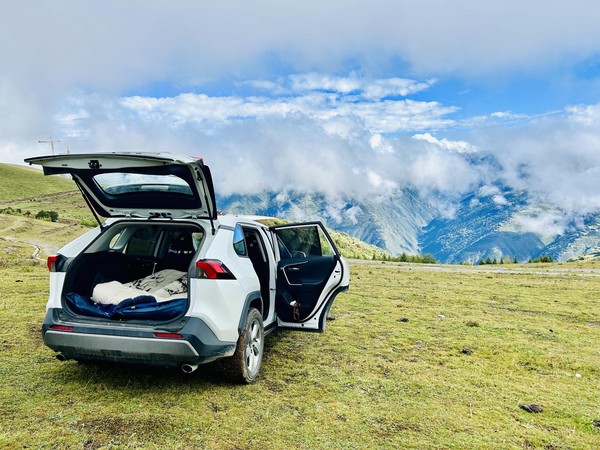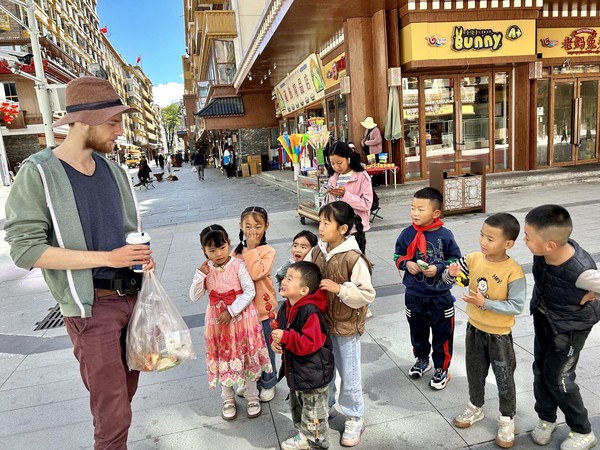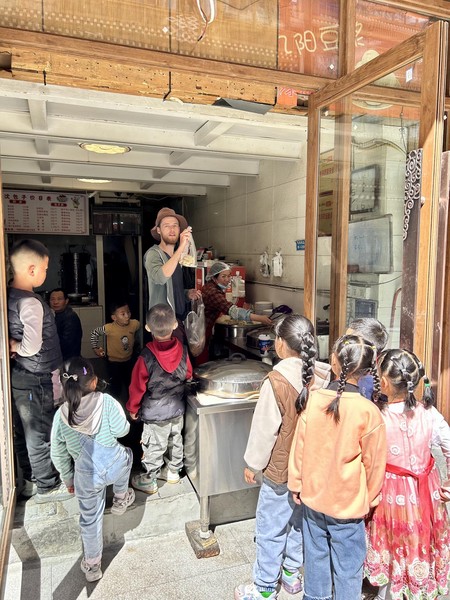Introduction #
As some of you reading this may know, our initial idea was to do a roadtrip through Xinjiang, the northwestern province of the Uyghurs, but we abandoned that idea after learning of tight controls at gas stations requiring ID checks. It wasn’t clear to us whether we would run into problems without a Chinese ID card and we also generally were a bit turned off by the abundance of security checks that everyone who has been to Xinjiang was telling us about, so that extra bit of info was the straw that broke the camel’s neck for us.
We very quickly decided to go to Sichuan instead, which is also (maybe actually more so) a popular destination for roadtrips and that decision turned out to be just right. Especially being able to experience the Tibetan areas that border the actual province of Tibet was a highlight, foreigners are not allowed to freely travel in Tibet province, but the Tibetan regions in Sichuan are fully open. What follows is a chronical account of our 3 week roadtrip starting and ending in Chengdu (Sichuan’s capital city and our favorite big city in China).
Liangshan - 凉山 #
After figuring out the logistics of car rental in China the weeks before and booking the car online, we arrived in Chengdu, the capital of Sichuan province, one day before picking up the car. Our itinerary wasn’t very developed yet, we had only decided to first head towards the southern area Liangshan which is home to the Yi minority people.
A first stop took us to Leshan (乐山) where we stocked up on some basic gear needed for sleeping in the back of the car, an air matress and a big sleeping bag. Our first attempt to sleep in the car that night would fail however, it was just too damn hot (almost 30 at night), so we ended up driving to a nearby hotel after trying to fall asleep for about an hour while crazily sweating. The following day we visited a designated “scenic area” (风景区, which is an area featuring some attraction like monuments or natural scenery, usually requiring an entrance fee) with its main attraction being a series of caves with quite impressive Buddhist sculptures.
The first destination actually within Liangshan was a mountain lake called Mahu (马湖) at about 1km elevation, the drive was a slow ascent upwards through foggy mountain scenery and we only arrived in the dark. The lake is surrounded by small villages that may be quite busy during high-season, but were somewhat sleepy during our stay, which we absolutely enjoyed. Shockingly, it is forbidden to swim in the lake, due to the ridiculous reason that it is too deep and someone has drowned there in the past. This policy of extreme overprotection should not come as a surprise to anyone that knows a bit about China though, after all the number one public policy is “Safety above all” (安全第一), which naturally is quite the fun killer. The next day we took our time to circle the lake by car and stopped at a couple of spots, taking a short swim at a slightly hidden one and just sitting at shore to take in the scenic views. At that point we had settled on aiming for another bigger lake further down south, the Qionghai lake (邛海), with the road taking us along a few big rivers cutting through the mountains. Around half-way it was getting dark and we found an acceptable spot for our first overnight stay in the car, which was possible due to the higher elevation and lower temperatures. Shiwen was comfortable with our sleeping setup from the first time, however for Jannes it would take another 2 nights of optimization to not feel like having a broken back the next morning. Before sleeping we had an encounter with a group of locals at the restaurant nearby, who persistently invited us to eat and drink with them, we did our best to understand their quite thick Sichuan accent (which wasn’t getting clearer through the alcohol), but even for Shiwen it was very hard. Having successfully fended off the offers of meat and chatted for a while, we were seen off to our car by the two most enthusiastic guys of the group who absolutely insisted on paying our noodles, showing off the classic Chinese culture of fighting for the bill.
At Qionghai lake we settled in a very cozy village which felt quite local, probably because it was off-season and there were not too many other tourists. It seemed like a place where many retired people move to and indeed we did talk to a couple owning a restaurant that had moved there from Chengdu on retirement and opened a restaurant for fun. One of the days staying there we did a bike ride around the lake, another day we went to hot springs an hour drive away in the mountains. Overall the area surrounding the lake is great for spending some slow and calm days, given that one avoids the peak times around summer vacation. It is definitely a very popular destination and it all feels a bit too developed for tourism, but the paths and roads around the lake are done quite well and make for a good biking environment.
Tibetan areas #
Ganzi - 甘孜 #
We had been clear on wanting to make it to the western Tibetan area in Sichuan, Ganzi, but the concrete road getting us there was only settled the last days at Qionghai. Originally wanting to make it to the deeper Southwest, we abandoned that plan due to the very large distances and opted for directly going towards the Midwest, taking the national road (国道) instead of the highway which would have been faster. That turned out to be the right choice, we were rewarded with what must have been the most breathtaking mountain road of the whole trip, especially enjoyable with the sunny weather the two days on the road. That mountain road, the G248, is also called the Yi-Tibetan corridor and the town half-way, Jiulong (九龙), is a melting pot of the two minority cultures. We slept at a nice spot just a few kilometers before Jiulong, so the next day we spent some time in the town, checking out the city center and having brunch over there. It was a first impression of a Tibetan atmosphere that just turned stronger and stronger after we passed the place and drove on towards the Tibetan plateau. On the way we were mesmerized by the sudden appearence of Tibtetan religious artifacts like prayer flags, prayer wheels and white pagodas.
Eventually we arrived at a small town called Xinduqiao (新都桥) which is a popular jumping point into Ganzi and Tibet, being conveniently located at a crossroad connecting the major roads into all directions. The town is located on the Tibetan plateau at around 3 and a half kilometers altitude which is high enough to cause some people to have altitude sickness, but luckily we had been slowly climbing upwards over the past drive and Qionghai lake had already been at almost 2 kilometers altitude. Our hotel was run by a Tibetan family which warmly welcomed us, we’d sit with them in the lobby to chat in the mornings and evenings, together drinking Tibetan butter tea (酥油茶) which they made freshly everyday. People in the area were quite interested in talking to us, a lot of group photos were taken (mostly with Jannes, as white foreigners apparently don’t make it there so much). A major attraction north of the town is the Tagong grasslands (塔公草原), which we visited a few times, with our absolute favorite spot being a Buddhist village and the temples in and around it (Muyadasi - 木雅大寺) which feature great views across the grasslands and towards the mountains.
Even further north we made another multi-day stop in a small town called Bamei (八美) where we had a bit of rest from sightseeing and driving around, enjoying our cozy hotel room with mountain views and doing some writing and studying. We had our first meal in a proper Tibetan restaurant and ordered some of the dishes the locals were having as well, in the end we liked the noodle dish most similar to Han Chinese cuisine, I guess we’re not the biggest food explorers. It is also here that Shiwen got a bit back into dancing, both in the room and outside, culminating in an extended dance session on a nearby hill, which was recorded and edited into a cool video.
When hitting the road again we descended by around 2 km through a wonderful road along a river through the mountains and found an absolute highlight of a small village on the way. The village is literally called Yak village (牦牛村) and there we no restaurants at all, nor other tourists. It is located at the bottom of a valley and offers amazing views down onto a river and up into the mountains, the houses are also very pretty to look at. We felt very lucky to have spontaneously stopped and taken a look, eventually we decided to stay overnight, sleeping in our car parked next to the river. Luckily we could buy at least some instant noodles in a small shop and the shopkeeper even provided us with some hot water and a table to sit and have our dinner there. The next morning we concluded our stay with a long walk through the valley and village and continued the drive fully refreshed.
Aba - 阿坝 #
The last multi-day stop was the mountain town at the Siguniang mountains which are literally the “4 Sisters Mountains”, ranging from roughly 5km (big sister) to more than 6km peaks (smallest sister, we did not figure out why the smallest sister is the biggest peak). There we had a somewhat disappointing day at one of the “scenic park” routes through one of the valleys, but on the next day we had an actual proper hike at the most undeveloped “scenic area”, the Haizigou valley (海子沟). The hike was our longest on the trip, taking almost 9 hours in total, among which the last 2 hours it was storming, causing us to arrive fully soaked back at the hotel. But it was totally worth it, much of the path was shared with serious hikers who were actually going towards the base camps of the peaks to do an ascent on the next day, unlike us who just went for a single day hike to the mountain lake Dahaizi (大海子).
Having only a couple of days left we went up a bit more north and then turned eastwards, passing through and staying in Hongyan (红原) and Heishui (黑水) and sleeping one last night in the car on the way back to Chengdu. The last days some of the sightseeing activities turned out to be a bit underwhelming, probably due to the novelty of the landscapes wearing of, but also the touristic overdevelopment of the sights along the valley road that passes Heishui. Arriving back in Chengdu felt good, there was a city we really enjoyed and we were already looking forward to settling into a little bit of a routine over the next coming days before heading off to Taiwan.
